This article provides a comprehensive starting point for exploring gothic photography ideas, though it doesn’t encompass the entirety of this rich aesthetic.
While it introduces several classical gothic styles and aesthetics, there are countless other avenues to explore within this genre. Consider these ideas as a foundation—a gothic basement, if you will—from which you can launch your creative explorations.
By understanding the established themes and techniques, you can then push the boundaries and discover unique expressions of gothic imagery that resonate with your vision and voice as an artist. Embrace experimentation and innovation as you delve deeper into this captivating realm of photography.
Given that I’m not currently (May 2024) a portrait photographer, I’ve opted to incorporate AI-generated portraits alongside gothic-inspired landscapes, architecture, or digital self-portrait artworks. I may add some soon.
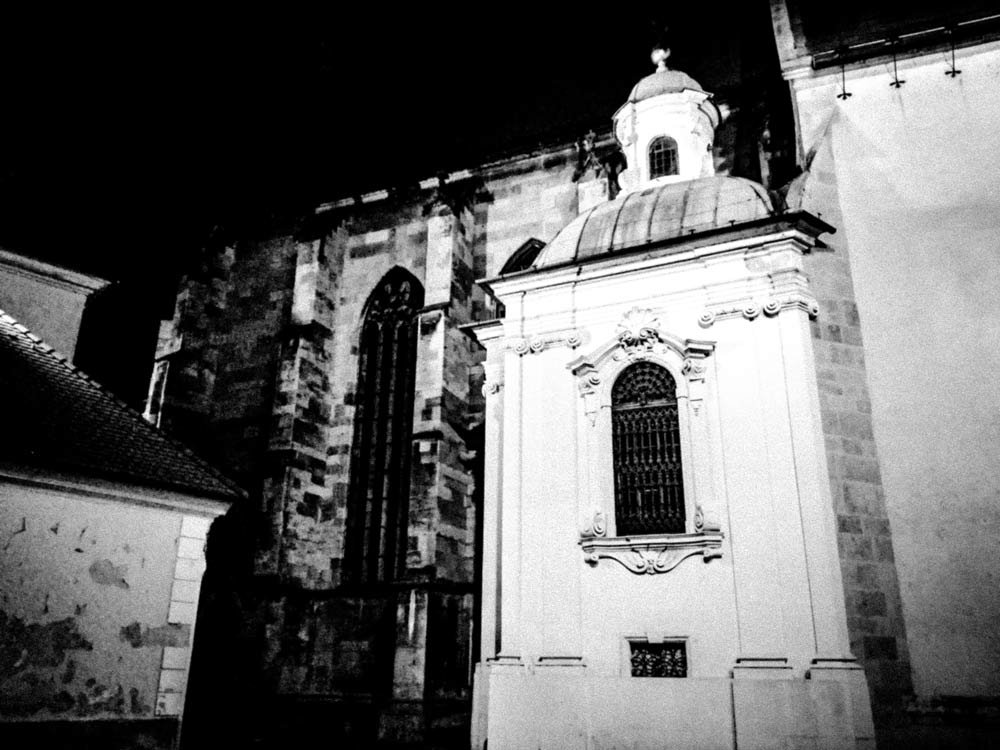
Victorian elegance
The Victorian era was the time in the history of the UK when Queen Victoria reigned over the country. During this era middle class became a very important part of society especially when talking about the culture. The popular values were family and the idea of marriage that should be based on romantic love and, a clear separation of work and private life. Because women did not have a lot of rights later it formed the first feminist movement.
Some other important things include charity, controlled habits, self-criticism, and child discipline. Victorian times were also favorable to increasing the popularity of reading materials such as novels, newspapers, women’s magazines, or literature for children.
If you want to portray Victorian style you can start with setting the backdrop for your images. Look for old mansions or estates, and try to find places with period architecture, and features like grand staircases, parlors, or libraries. For a more dramatic effect visit a castle, or gothic church that comes with big stained glass windows with mosaics, or stone carvings.
Gardens with fountains, statues, and big iron gates are also great for recreating the dark Victorian era. You can also incorporate props like vintage furniture, books, mirrors, candelabras, antique clocks, or some musical instruments like old pianos, or violins.
When using natural light try to use soft, and diffused window light. For more warm tones the candlelight creating dramatic shadows is great. You can also try to create strong contrasts between light and dark, so your images can benefit from more depth. More moody tones can be also established with deep purple or red gels.
When choosing the wardrobe go for lace and velvet garments, corsets, bustles, top hats, bonnets, parasols, and gloves, and wear some elegant heels or Victorian-style boots. From jewelry choose chokers, ornate rings, or cameo brooches. Your make-up should focus on the pale look with dark eyes, and red lips. Curls, braids, ribbons, lace headbands, or even wigs can add even more authenticity to your overall look.
Your poses can reflect the rigidity of the Victorian era but also convey mystery or melancholy. Experiment with storytelling – for example, sit at the window or create a couple meeting in the garden.
In the postproduction phase add some textures, vintage effects, vignetting to mimic old photographs, and vintage look.
You can also get inspiration from literature or movies. Popular Victorian authors include Charles Dickens, Oscar Wilde, and the Bronte sisters. In movies look for Interview With The Vampire, Alice in Wonderland, or The Age of Innocence.
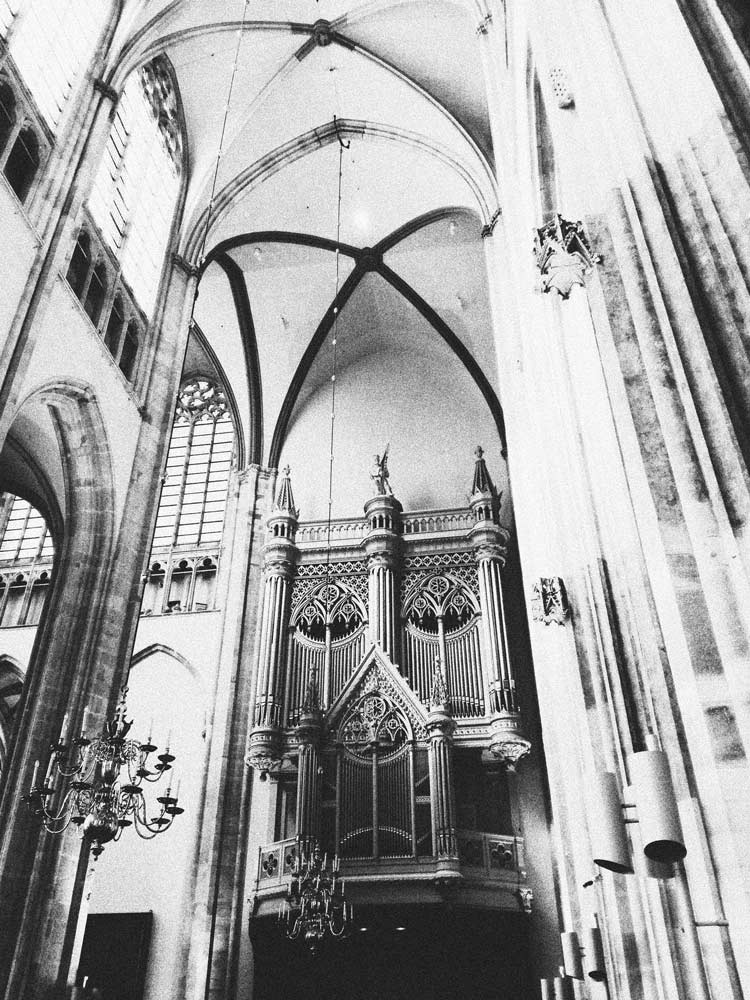
Cemetary portrait
If you wish to depict the haunting beauty of cemeteries when visiting the sacred place focus on older, weathered, and ornate tombstones. Many cemeteries come with statues, and sculptures like angels, or weeping figures who can easily become part of the image. For a more dramatic look combined with grandeur use mausoleums. Do not forget the gates as well. Some of them can be made of cool iron with intricate patterns.
In addition to cemeteries, consider exploring wine cellars, particularly a collection of them for added intrigue. For instance, in Hungary, villages like Hercegkút boast numerous cellars with a distinct hobbit house aesthetic, offering captivating settings for various photography themes such as cemetery portraits or dark fairy tales, the latter being the next concept on the list of gothic photography ideas.
You can play with the light the same as Victorian style, but also you can try to incorporate fog, smoke, or moonlight. As props, you can use dried flowers, bouquets, candles, lanterns, books, personal goods like pocket watches, handwritten letters, but also blankets or cloaks when creating seated portraits. Your make-up and hairstyle can be similar to Victorian, but use more dark ribbons, and small veils, or let your hair loose and flowing.
The best clothes include long dresses with some nice details like sleeves going from normal to very wide. Usually in black, lace, or velvet materials, silver or gothic-style jewelry.
When composing the image focus on a shallow depth of field, and try to frame the subject with foreground elements like gates, or foliage. You can also interact with your surroundings – pose with statues, sit on benches, lean against tombstones. Another option is to tell a story – a mourning person or figure wandering around like a ghost.
In postproduction try to turn the image into black and white, use desatured colors, or enhance contrast to create depth and drama.
Sources of inspiration can include authors like Edgar Allan Poe, and Bram Stoker, or horror movies like Crimson Peak.
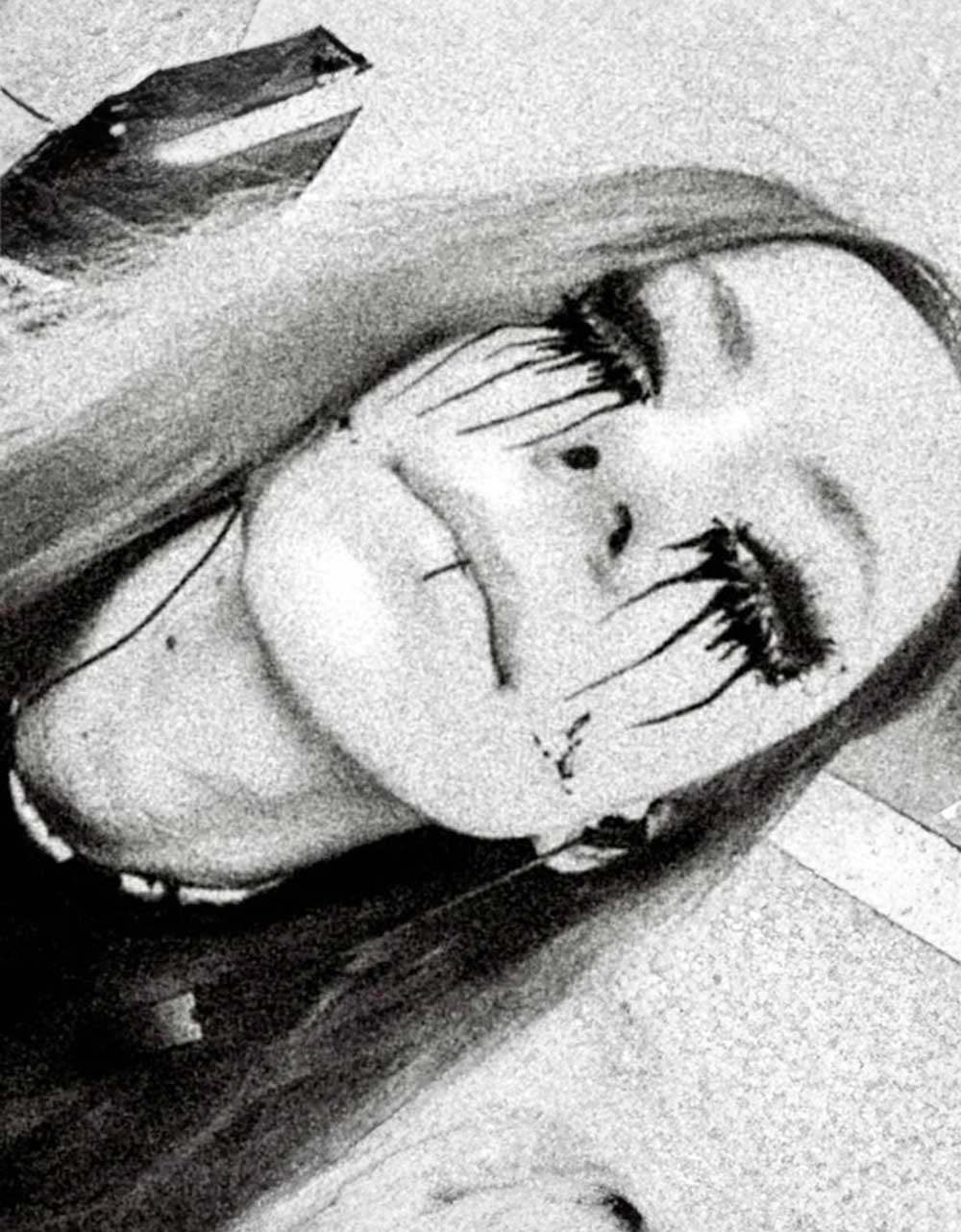
Dark fairy tales
This approach blends the elements of mystery, enchantment, and macabre. Your make-up will be the same as in previous tips, dark eyes, red, black, purple lips, pale skin, loose hair, and hair accessories like vines, or flowers. For an outfit try to get the long, ethereal dress in darker tones, with capes, hoods, or cloaks. Or you can opt for corsets and layer skirts.
Some fantasy elements can include elven ears, fairy wings, and crowns. For accessories use leather belts or antique brooches. You can wear vintage boots, or just go barefoot for a more natural look.
As a backdrop use mystical forests, dense woods with twisted trees, and dappled light. Old, decaying cabins, overgrown gardens with creeping ivy and ancient stone statues, dark ponds, streams, and waterfalls are also great options. If not going for the wood, try to find open, but foggy landscapes rich in wild, untamed beauty.
As props, you can use crystal balls, potions, spell books, but also animal skulls or bones.
Besides using the diffused light in the woods, you can also try to shoot during moonlight, or when it is foggy or misty. If you can not, you can add such elements to the postproduction process.
When posing you can try to move, run through the forest, and interact with the place by touching trees. From emotions, you can portray fear, wonder, and enchantment.
Your postproduction process can make use of soft focus – create slightly dreamy, blurring edges, choose some vibrant colors to draw attention, and use more muted tones, and desaturated colors.
If you need something to get inspired try fairy tales like the Brothers Grimm, fantasy movies, or draw inspiration from mythology and folklore (for example Vikings, werewolfs).
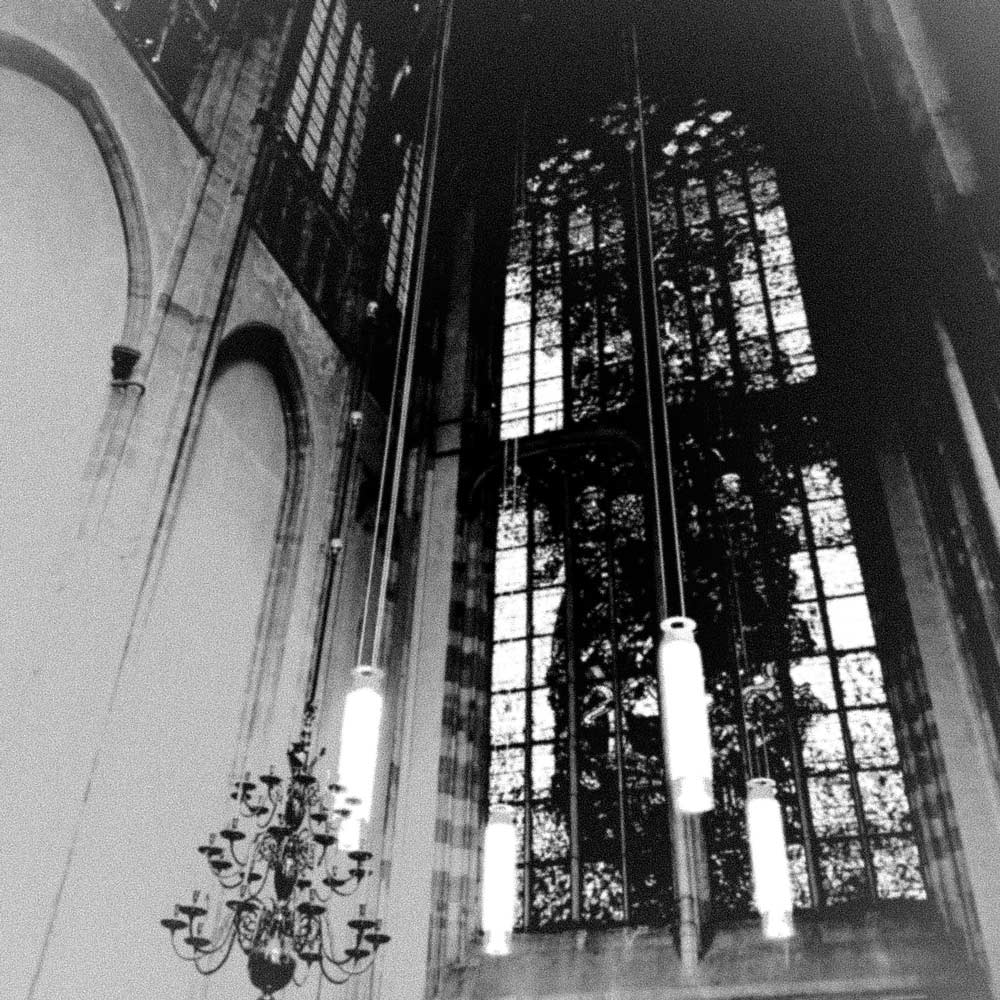
Macabre still life
The aim is to create a sense of melancholy, and foreboding. You can start by choosing the right props and objects. Antique dolls, old ones with cracked faces, dried flowers, old weathered books with gothic fonts, and vintage objects like keys, and eyeglasses, but also skulls or bones can add a morbid touch. Mirrors, clocks, apothecary bottles with liquids, labels, or small taxidermied animals, or insects are suitable too.
The background or materials can be velvet, or lace cloths in black, deep red, or dark purple. Old wood-like tables grainy surfaces, and stones are also a get-go. If you shoot inside add vintage wallpapers, faded ones add depth and a sense of history.
When lighting the set, go for lower light, minimal, and dim to create deep shadows, and lightlights. Use the spotlight when you want to draw attention and focus on certain objects.
When composing besides using the rule of thirds, experiment with symmetrical and asymmetrical arrangements. Also if you can try to use the negative space strategically. It can be beneficial when you want to emphasize isolation or focus on certain objects.
Also, do not forget to highlight tiny, and overlooked details – use macro shots, and close-ups, and bring attention to the materials of objects.
When doing postprocessing turn the images into monochrome, or go for muted colors to evoke a sense of decay and age.
Besides horror movies or gothic literature, you can draw attention from vanitas paintings – 17th-century still life paintings.
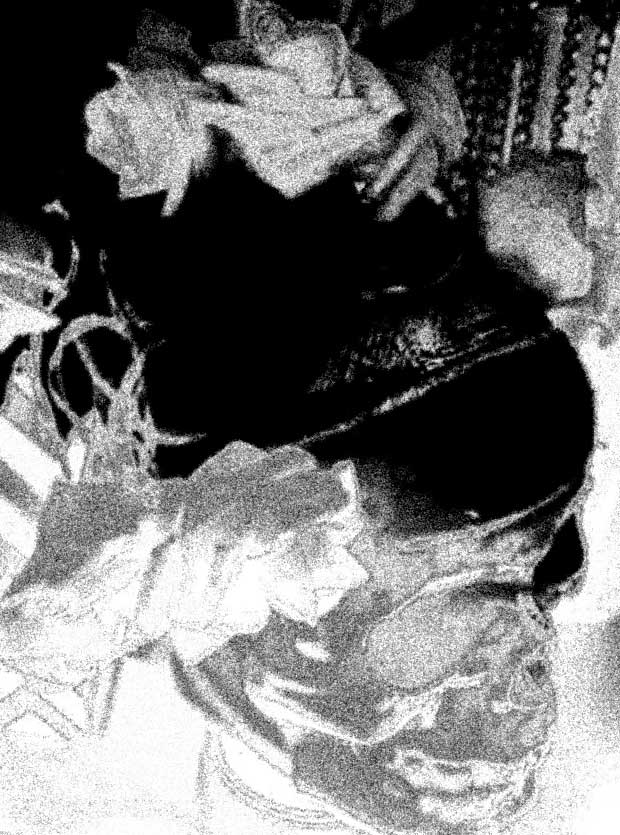
Urban decay
This approach will make any abandoned, and deteriorating environment more beautiful. Besides choosing the classical gothic look in velvet, or lace, you can also go for more streetwear, a modern, edgy look. Add some hats, gloves, ballet flats, and vintage heels, or go barefoot if you want.
When doing your make-up go for softer, natural tones, and highlight the features. The eyes can stay dramatic, or the lips – it is up to you. Hair can stay loose or in updos and accessories like flowers, ribbons, or vintage hairpins.
If it is possible try to use as props vintage sofas, chairs, old mirrors, vintage suitcases, or ornate frames.
When choosing your setting besides abandoned old factories, houses, or demolished buildings, you can also choose colorful graffiti-covered alleys, walls, or industrial sites like railways, or old machines.
Underground places like catacombs, subway stations, or tunnels are also great.
When it is not possible to use natural light (soft, diffused) go for artificial portable lights or reflectors.
The setting will lure you into playing with juxtaposition where you can have models in elegant clothes and poses against rough background. You can also try to play with out-of-focus elements. Do not forget to make some close-ups (peeling paint, broken glass), textures, and macro shots.
When doing postproduction you can turn the images into black and white, or focus on the vibrant colors (graffiti), color grading to unify the mood of the image.
If you want some sources for inspiration then go for post-apocalyptic films (Blade Runner, Mad Max), high-fashion photoshoots made in unconventional places, or study the works of urbex photographers.
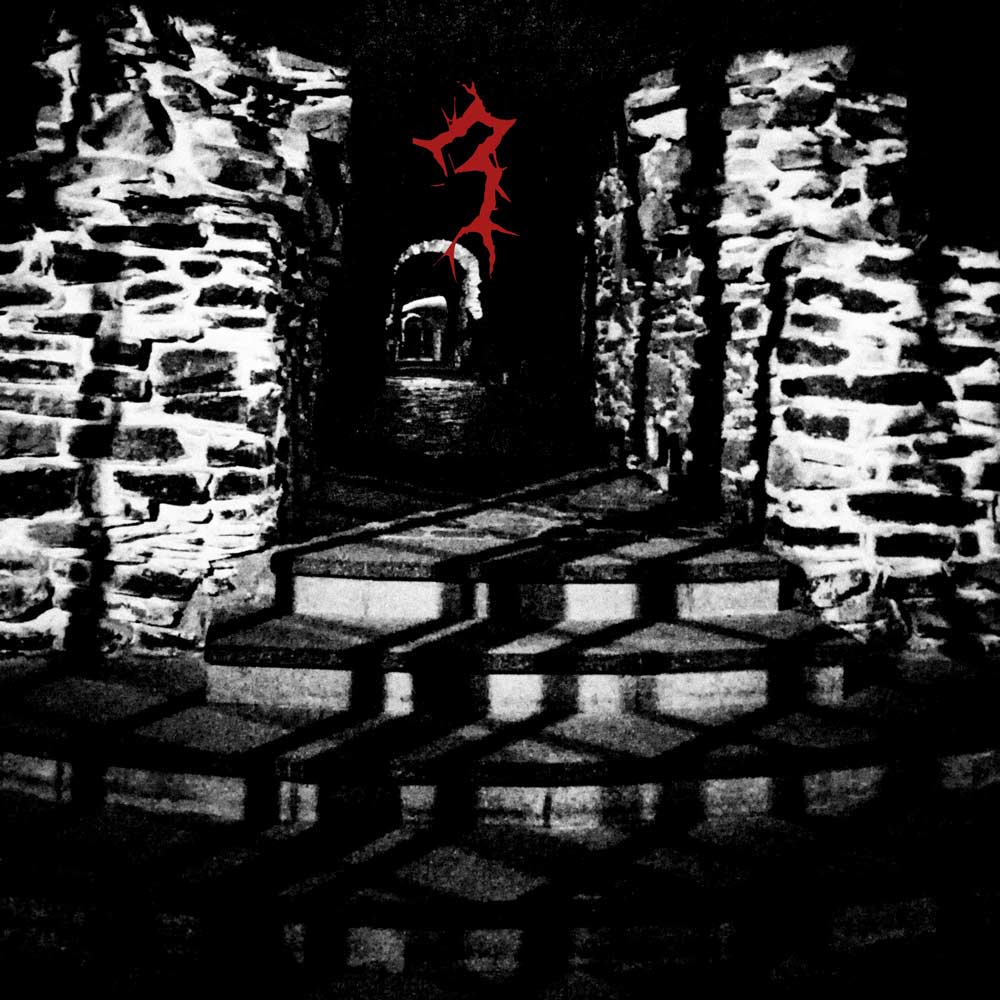
Gothic romance
The list of gothic photography ideas continues with gothic romance which aims to create scenes filled with passion, mystery, and timeless elegance.
When choosing your costume go for elegant dresses rich in fabrics like silk, velvet, and lace. Add a corset, or waistcoat, capes, cloaks, pocket watches, lace gloves, elegant heels, or Victorian boots.
Your make-up will stay pale with dramatic eyes, and deep red or plum lips. The hair can be an updo with loose curls, or braids, accompanied by ribbons, jeweled pins, or lace headbands.
When creating, or choosing your setting choose velvet drapes or curtains, antique furniture, candelabras, books, dark roses, and lilies. Places like ornate dining rooms, velvet-draped boudoirs, gothic architecture, or secret gardens are more than good.
Try to use softer lights, and low light to enhance the mood and intimacy. If you need to highlight certain features try directional light or colored gels.
Your images can portray intimate poses, and dynamic interactions like holding hands, dancing, or capturing an emotion or expression between subjects. Use close-ups to capture such moments, but also to focus on fabrics or textures.
When you want to enhance the romantic mood use warm colors, muted tones for a more vintage look, and if you want to emphasize contrast use black and white. You can also apply some blur in the postprocessing to create a more dreamy, and romantic look.
Inspirational sources can be gothic novels, previous films, or classical art and painting from the gothic and romantic eras.
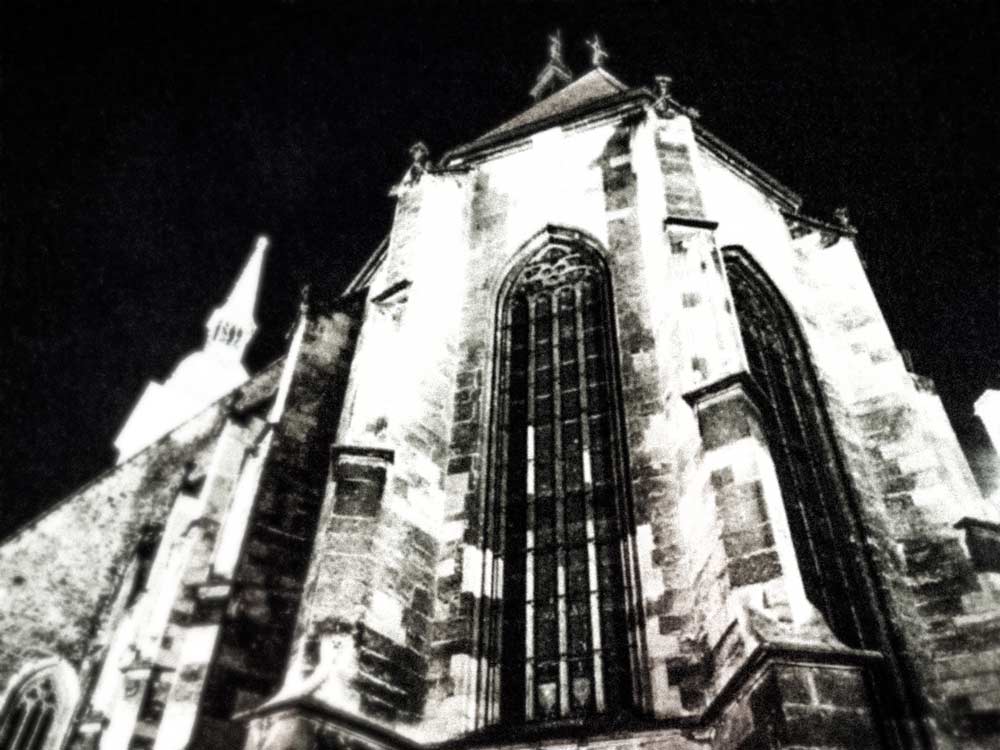
Surreal dreamscapes
Blending reality with dream-like places, and fantasy to get otherworldly images.
For your look choose flowing fabrics made of chiffon, silk, or tulle, and add elven or fairy-inspired outfits, masks, crowns, and headbands. The best footwear is either barefoot or ethereal shoes like ballet flats. Your make-up, or the make-up of your model should involve soft pastels, glitters, face paint, and unusual color combinations. Add some crystals, feathers, or metallic to your loose wavy hair.
When choosing props go for floating objects like feathers, leaves, and flowers. From the technical point of you use double exposure, image manipulation for fantastical elements, tilt-shift, motion blur, and reflections (mirrors, glass).
The best places for re-creating such landscapes are mist-covered forests, open fields, coastal areas, deserted buildings, or overgrown gardens. Play with a-symmetry, make the model move (jump, spin), out-of-focus, or negative space.
In postprocessing experiment with layering and try to combine multiple images, blend modes, soft focus, and blur, as well as color grading. You can also use apps that can make some interesting trippy effects and speed up your work.
When looking for inspiration try Salvador Dalí, René Magritte, or authors like Lewis Carroll, or H. P. Lovecraft.
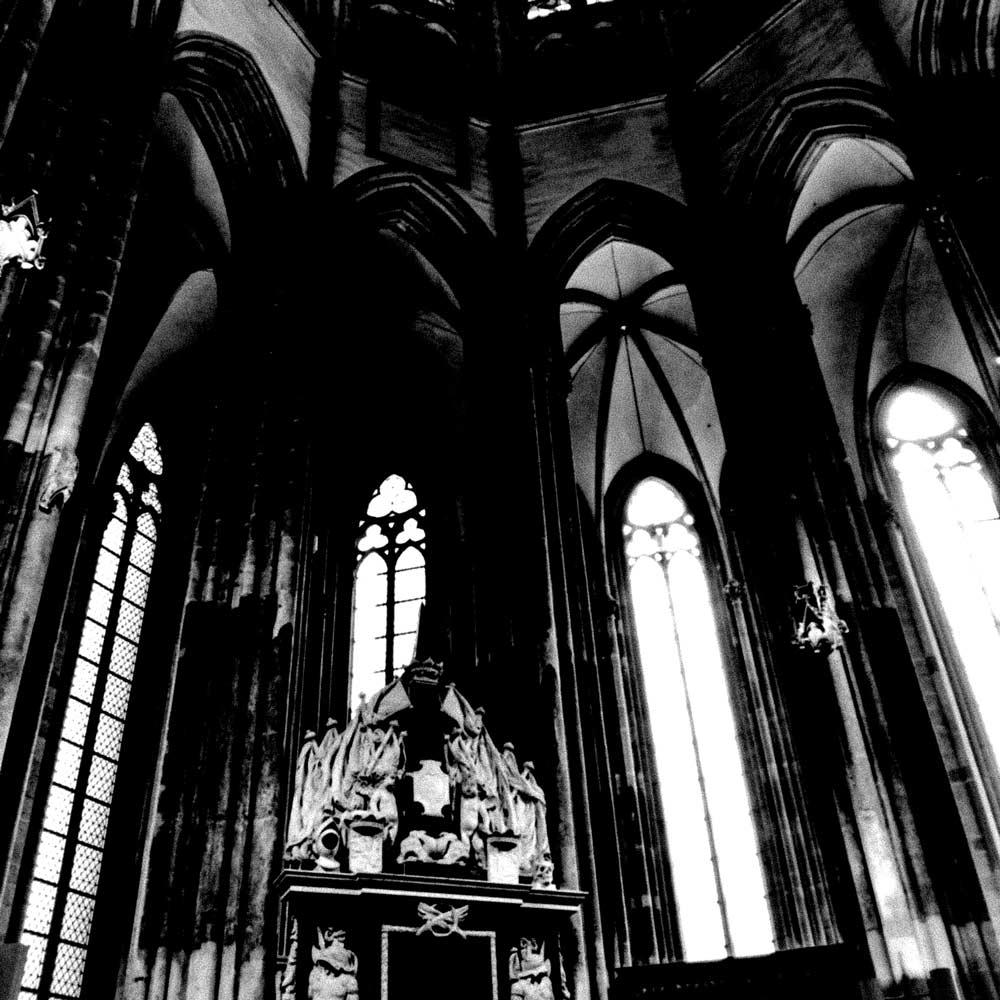
Dark fashion editorial
If you want you can collaborate with fashion designers to highlight gothic fashion through avant-garde styling and moody settings.
When choosing the costume, or clothes in general choose dark colors, velvet, lace, leather, latex, PVC. Add statement garments that push the boundaries of conventional fashion, and mix and match different textures. Tradictional gothic elements can include corsets or bustiers, but also capes, or cloaks.
The make-up will rely on dark, smokey eyes, and dark lips, but add some dark hues, and mettalics. The hair can be turned into braids, updos, or styles with lots of volume, crowns, tiaras, and feathers.
Wear oversized rings, chokers, necklaces, leather harnesses, tall boots, stilettos, platform shoes, gloves, or fascinators.
You can shoot in old buildings like castles, gothic architecture, and richly decorated rooms with heavy drapes, and antique furniture. But industrial sites, graffiti walls, or misty forests are also suitable.
The poses should convey confidence and power. While doing the postprocessing use contract and clarity, desaturate if needed, and apply a specific color palette, or soft blur in case you want that dreamy, ethereal effect.
If you need inspiration try Vogue, Harpers Bazaar, or the works of fashion designers like Alexander McQueen, or Rick Owens.
Gothic nature
People who enjoy visitng untamed natural places can try to portray them with gothic lenses.
Go for long dresses with capes, deep green, or burgundy to blend more with nature. Choose natural textiles like wool, leather, or cotton. The clothing can be vintage, but it is up to you which way you want to go. For footwear get some sturdy (platform) boots suitable for rugged terrain. The make-up should rely more on a natural look and earthy tones, but leave the eyes dramatic in dark eyeshadows, or eyeliner. Let the skin be pale and, the hair loose, and add accessories like crowns, feathers, and flowers.
For props use moss, leaves, twigs, animal skulls, and bones, or bring some old books, candles, and mirrors with you.
The best locations for shooting are dense woods with fog, cliffs, rocky shores, crashing waves, volcanos, barren fields, ice caves, moors, deserts, waterfalls, rivers, and untamed gardens. From countries visit Iceland, the Canary Islands, Jordan, Bali, and the shoreline of the UK.
When looking for inspiration try landscape photography, myths and folklore, or contemporary artist or designers (toxicvision).
Artistic self-portraits
The last item on the list of gothic photography ideas is for everyone interested in deep introspection. If you want to research your identity and maybe transformative powers, you can experiment with different costumes, make-up, and props, and can try to embody different gothic aesthetics from the already mentioned.
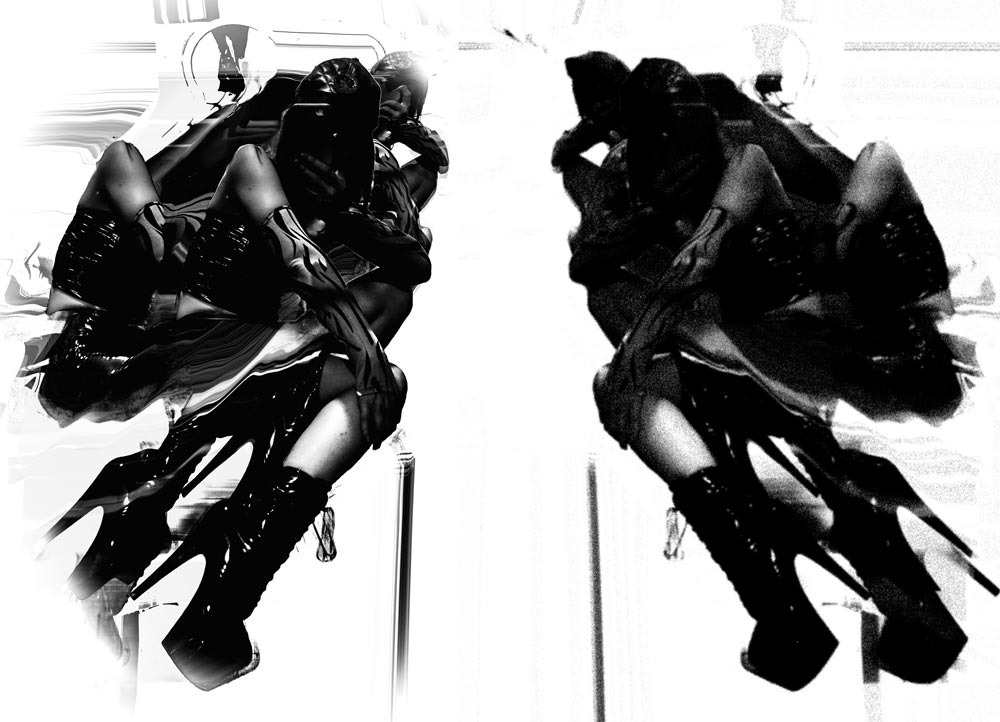
When preparing start with introspection and reflect on personal emotions and thoughts. Continue with identity analysis and explore the different facets of your personality (even the ones you dislike). Then focus on the theme of change, and metamorphosis. Do not shy away from exploring and conveying the feelings of solitude, separation, isolation, and maybe even desperation. At the end, you can highlight the knowledge from the previous stages with the known gothic and romantic props, settings, etc.

To wrap it up, once you’re inspired by these gothic photography ideas, be sure to check out my guide to the 7 Best Gothic Locations in Europe to Visit and Photograph for breathtaking backdrops.